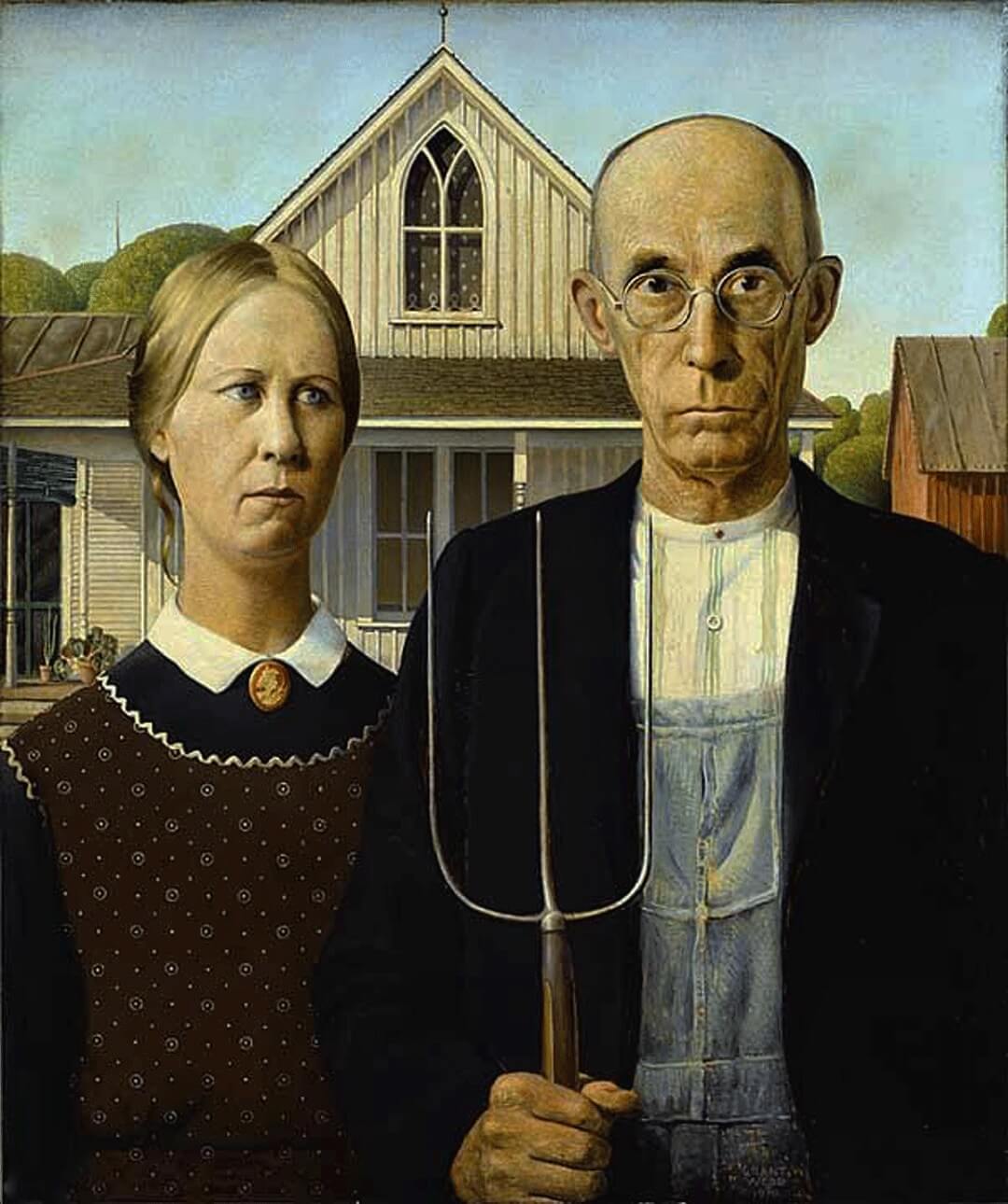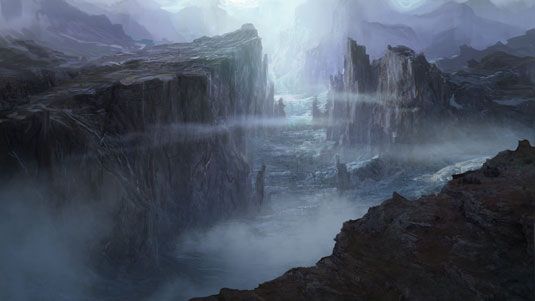Empire of the Sun artwork
If the Mona Lisa is considered to be the best work of Leonardo da Vinci, then this painting which is also called the Dutch Mona Lisa, should be considered the best painting by Johannes Vermeer https://voltagebets.org/. This painting features a portrait of a girl wearing a very distinguishable earring that reflects the light beautifully.
Claude Lorrain painted many harbor scenes throughout his years, although this is generally considered his best. An interesting fact is that this is one of the very first paintings bought by the National Gallery, London, in 1824.
Another one of well-known artworks of Dali’s prophetic gift is now in the Salvador Dali Museum in St. Petersburg, Florida. The Renaissance figure in the lower right corner of the picture is an allegory of the Old World, once capable of great accomplishments, living out its last days. Dali depicts the entire civilization of the Old World as a rather biological process, while in the other hemisphere, a New Man is about to be born.

Cinematic artwork
However, before the film becomes the artistic past we believed to be lost forever, art has already made its way into the plot. As Gil and Inez, our main characters, roam around Paris, they inevitably stop by the Musée Rodin. Known for its outdoor sculptures, the museum provides an interesting backdrop for an intellectual dispute over Rodin’s life story. As the conversation takes greater proportions, we come to recognize that the experience of viewing art needn’t always be informed by biographical details. Most of the time, masterpieces such as The Thinker can stand on their own, only heightened by the additional information of their origin.
It would take an entire article to list all the visual references Claro crams into this 8-minute sequence, in which the film’s two narrative threads—one concerning the lives of a wealthy, wretched family; the other, the destruction of the entire planet—merge sublimely (and ridiculously). Even so, Melancholia’s allusion to Millais merits special attention. In Millais’s painting—and in the original Shakespearean play—Ophelia is the victim of Hamlet’s cruelty, as well as her own unbalanced psyche. How right for Claro to connect Ophelia and Justine, the doomed heroine of Melancholia, whose inner trembling is somehow both an omen and a cause of apocalypse.
With an almost chameleonic effort across the film’s set design, all the visual cues are set in place to transport us to a Hollywood that no longer exists… The music, like the cars, have only aged for better. Punctuating the plot, a certain Paul Revere & The Raiders record gives us a glimpse into Sharon Tate’s private life. With the first few notes of “Good Thing,” we see the actress played by Margot Robbie start to feel the groove; a rare glimpse into the personal routine of someone at the height of their fame. As she’s bobbing her head, L’automne by Alfons Mucha can be noticed in the background. Through her tastes, both musical and artistic, and art in movies, Sharon Tate becomes more than just a two-dimensional character or actress, she becomes a person.

However, before the film becomes the artistic past we believed to be lost forever, art has already made its way into the plot. As Gil and Inez, our main characters, roam around Paris, they inevitably stop by the Musée Rodin. Known for its outdoor sculptures, the museum provides an interesting backdrop for an intellectual dispute over Rodin’s life story. As the conversation takes greater proportions, we come to recognize that the experience of viewing art needn’t always be informed by biographical details. Most of the time, masterpieces such as The Thinker can stand on their own, only heightened by the additional information of their origin.
It would take an entire article to list all the visual references Claro crams into this 8-minute sequence, in which the film’s two narrative threads—one concerning the lives of a wealthy, wretched family; the other, the destruction of the entire planet—merge sublimely (and ridiculously). Even so, Melancholia’s allusion to Millais merits special attention. In Millais’s painting—and in the original Shakespearean play—Ophelia is the victim of Hamlet’s cruelty, as well as her own unbalanced psyche. How right for Claro to connect Ophelia and Justine, the doomed heroine of Melancholia, whose inner trembling is somehow both an omen and a cause of apocalypse.
Release art
Keeping everything on course requires proactive strategies. Regular review meetings, real-time dashboards, and performance reports allow managers to see if teams meet their commitments and spot issues early.
In the Scaled Agile Framework, the Agile Release Train provides a structure for aligning teams around a common mission. It provides a rhythm for delivering value to the market, and a means of managing dependencies between teams. It also provides a platform for integrating the work of multiple teams into a single, coherent product or solution.
We’ve explored the core principles that keep the train moving, the clearly defined roles that ensure everyone knows their part, and the vital events and ceremonies that keep communication and momentum strong. These elements come together to create a cohesive, agile environment where both business goals and employee engagement flourish.
